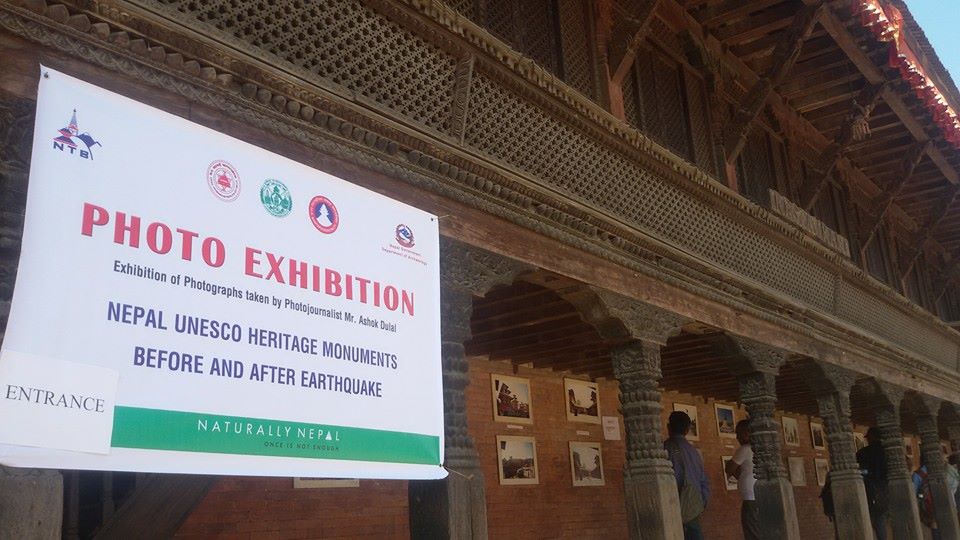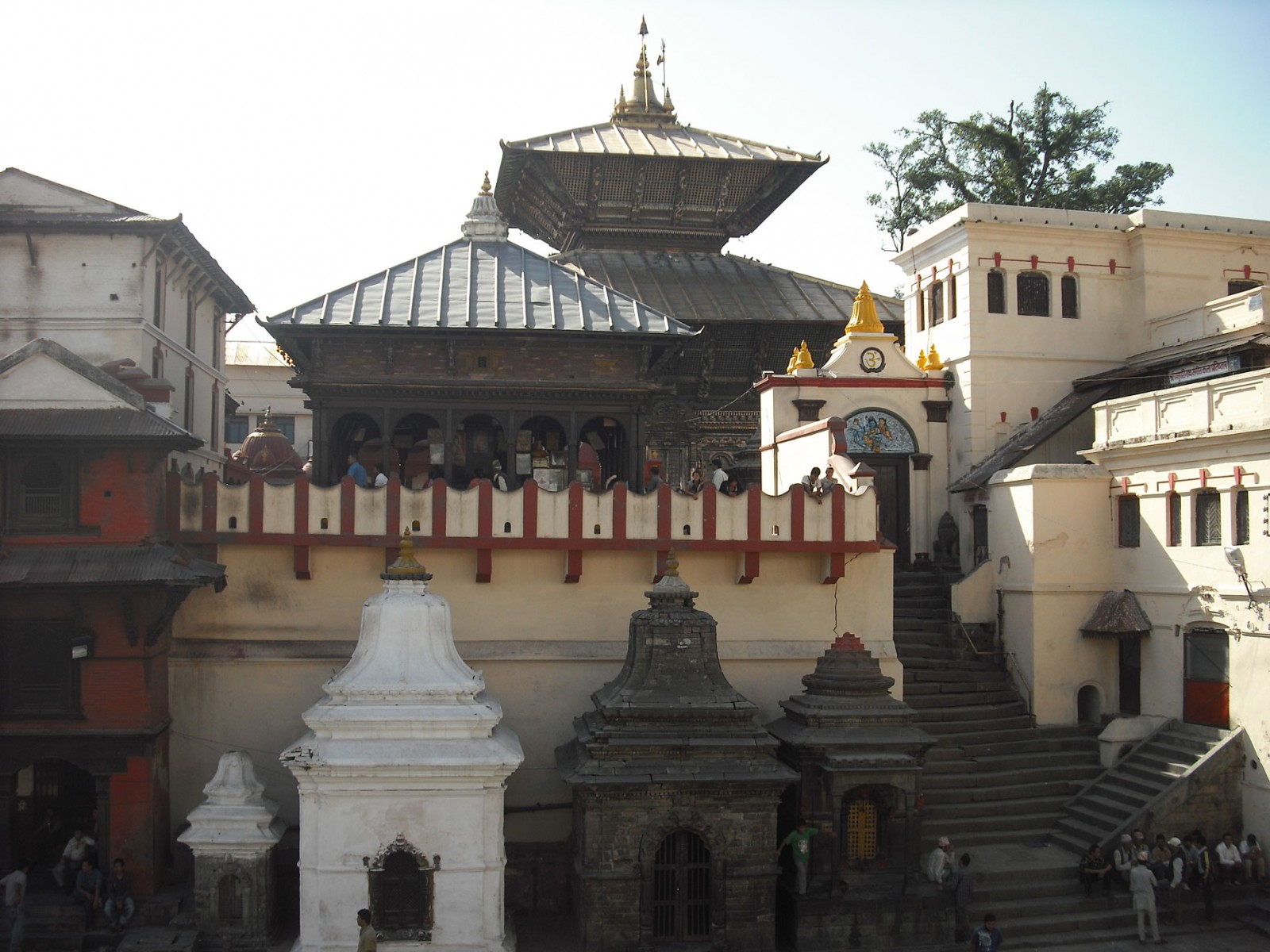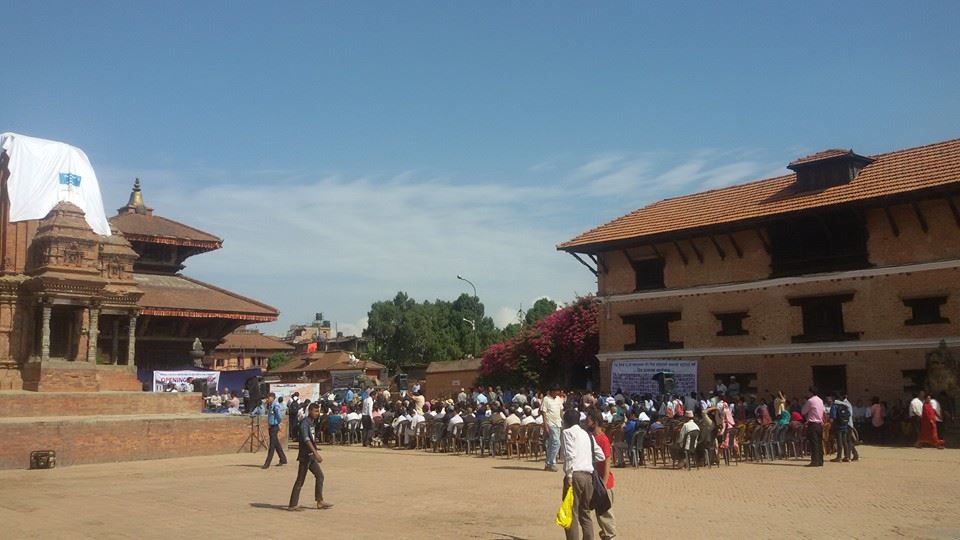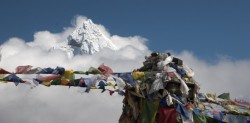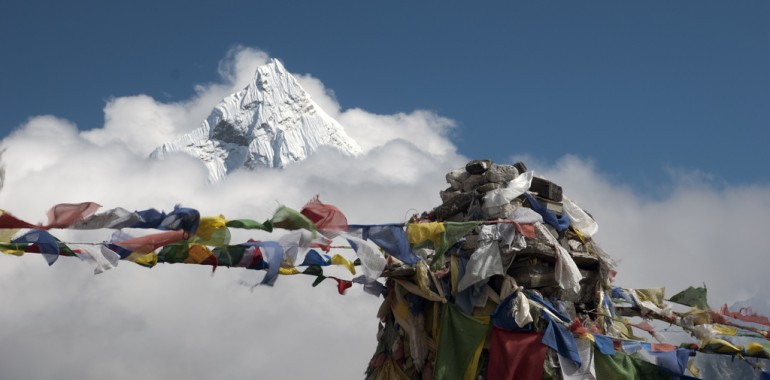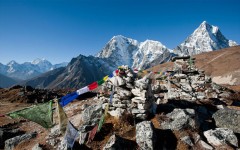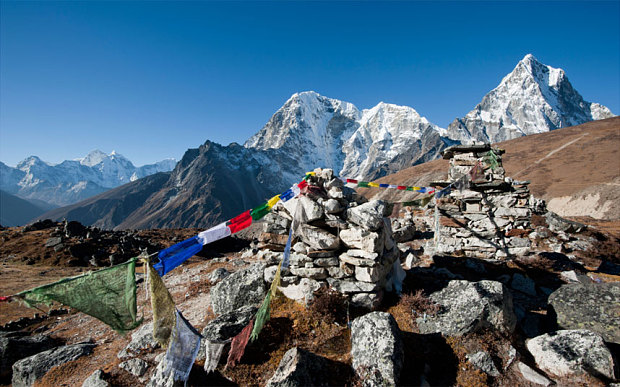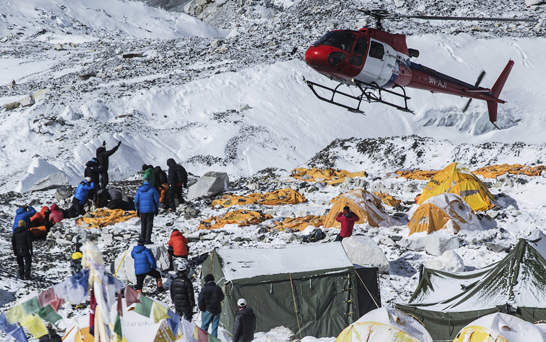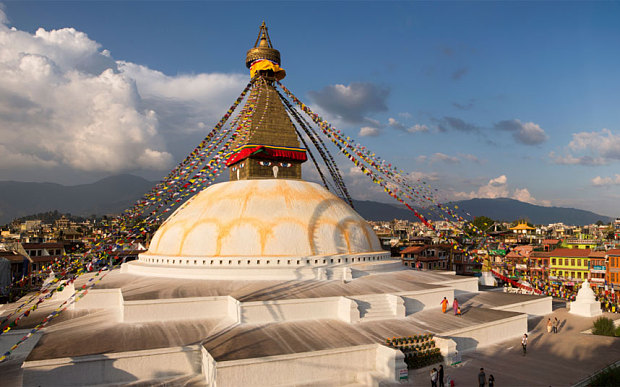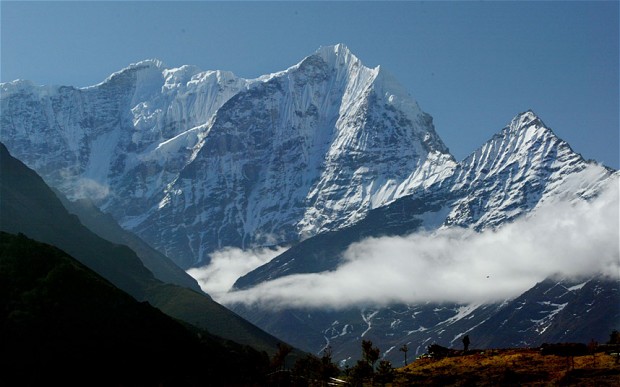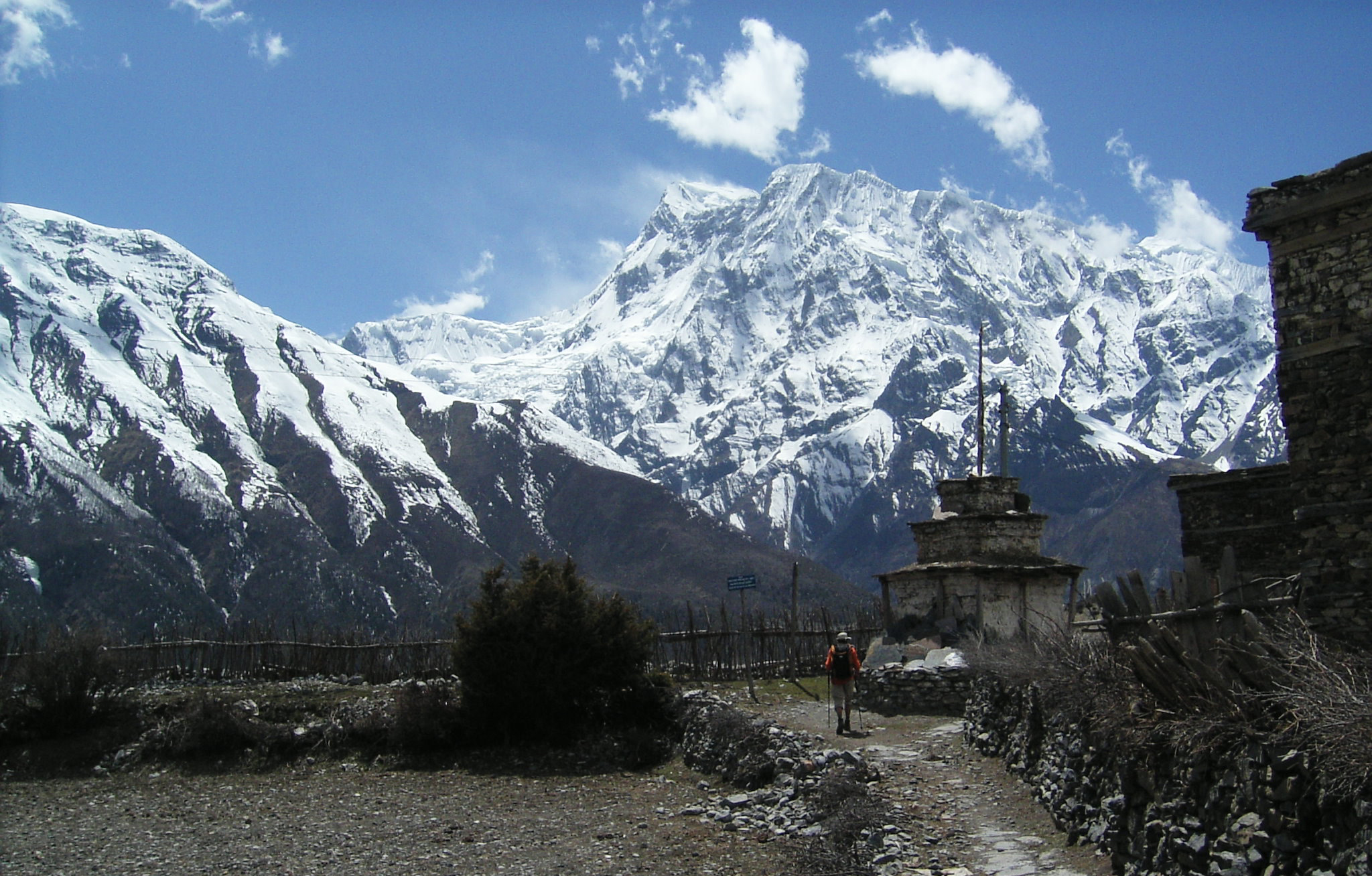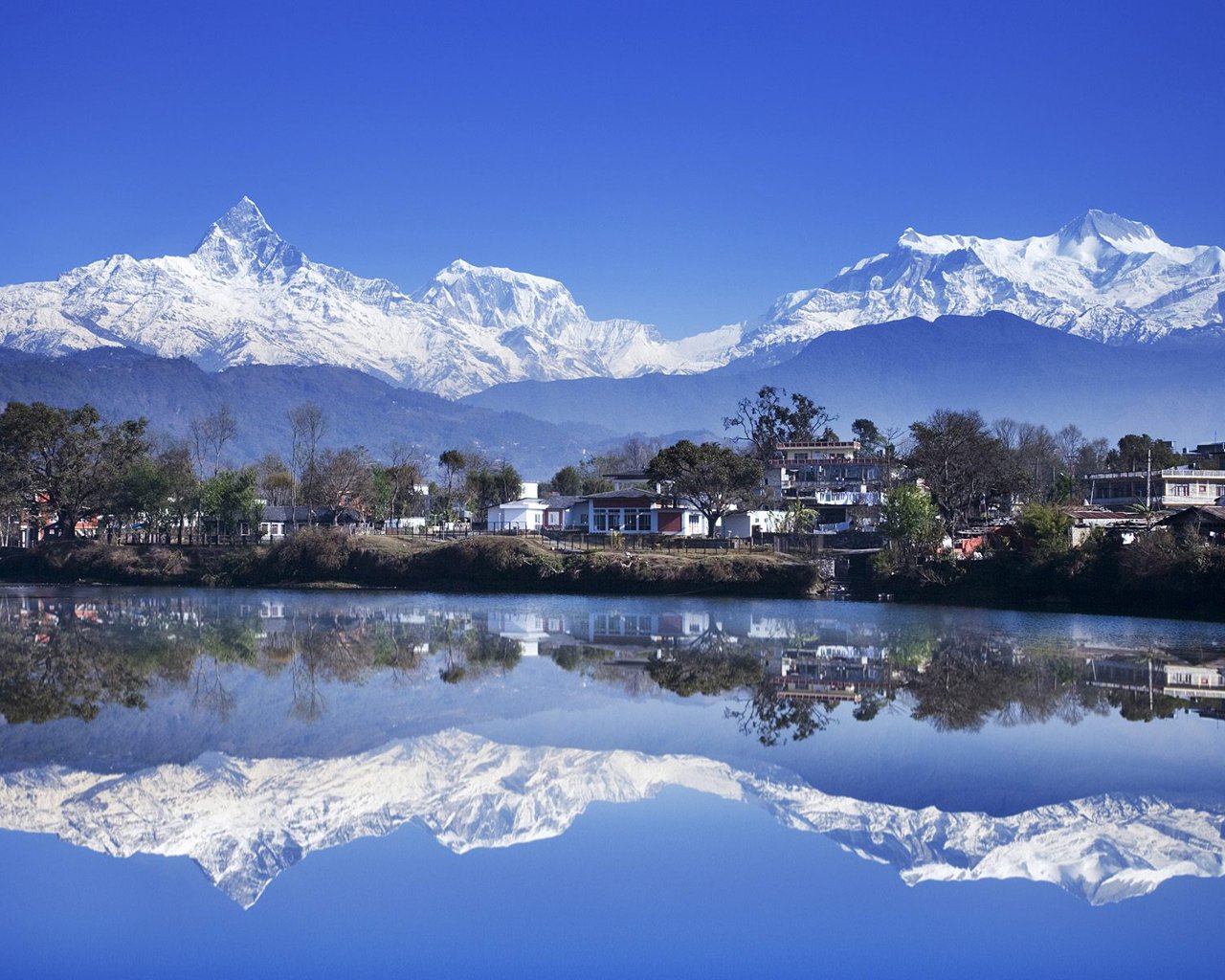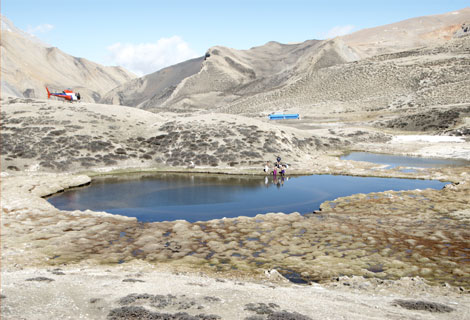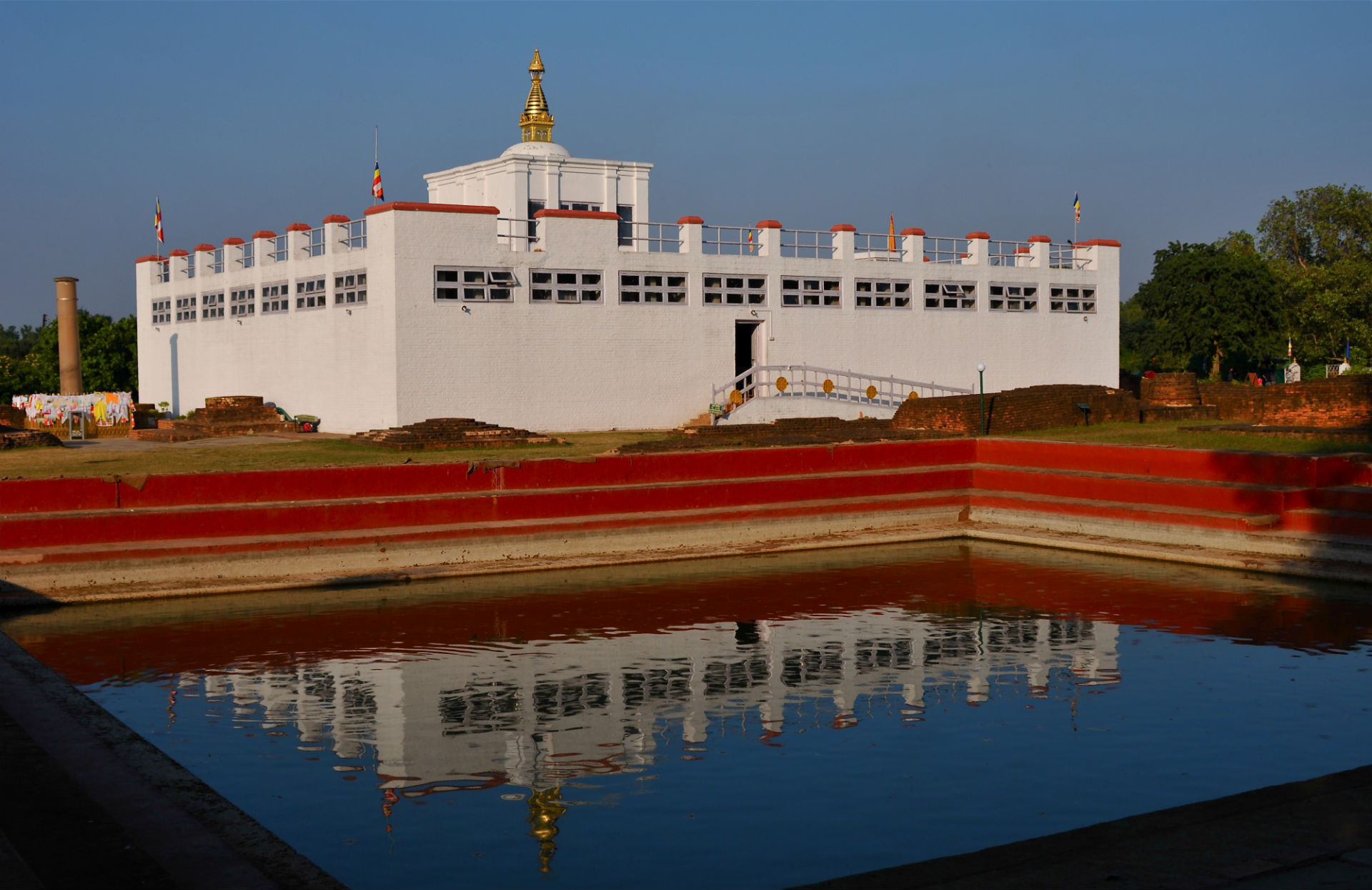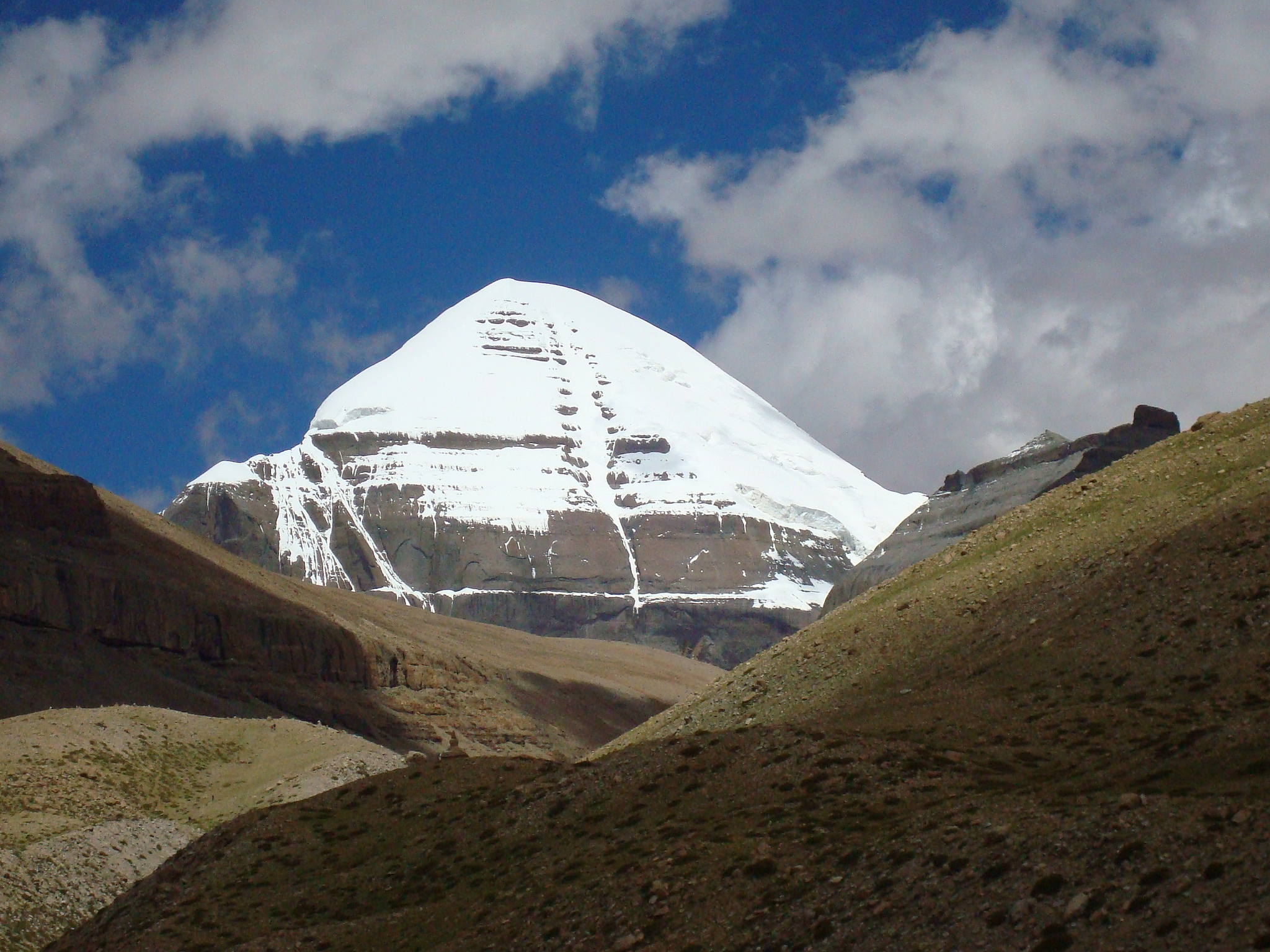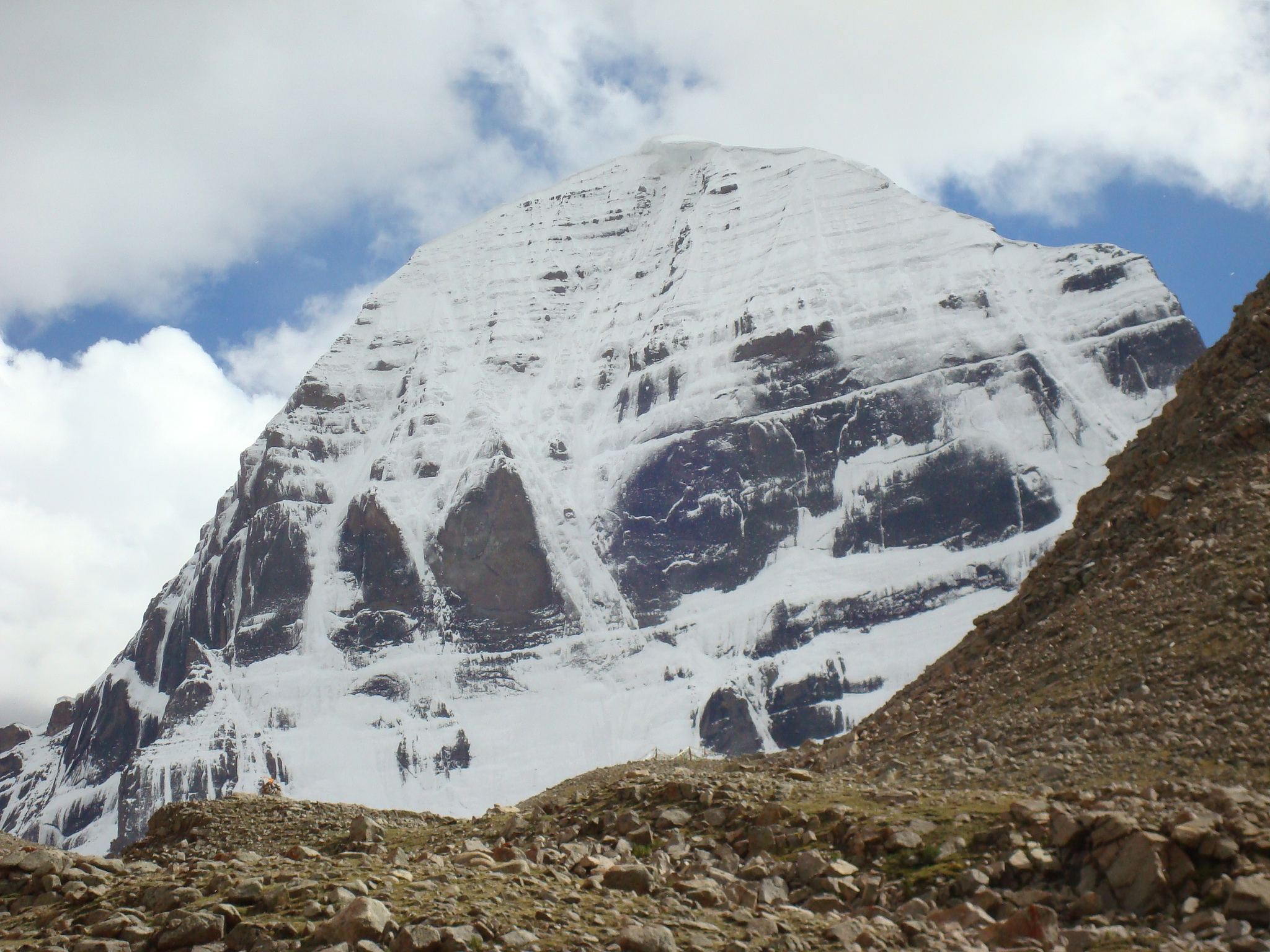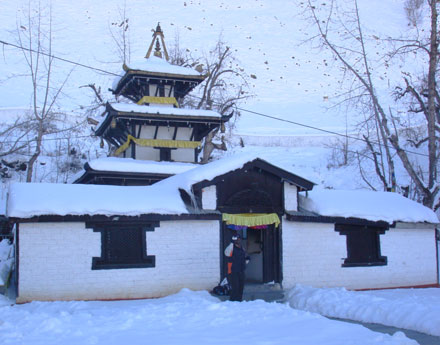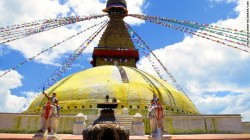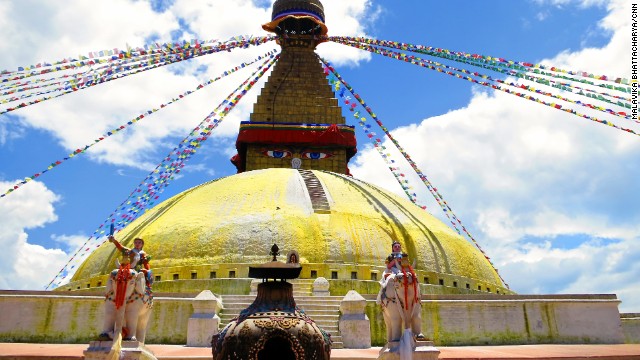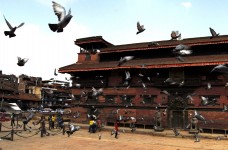
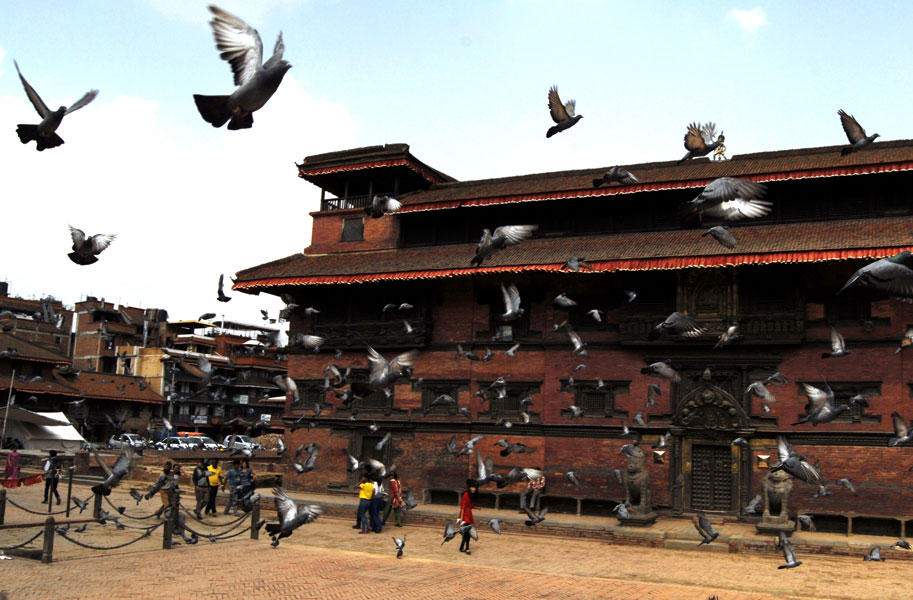
People walk in Patan Durbar Square as pigeons fly, in Lalitpur, on Friday. The heritage site reopened for visitors on Thursday. Photo: Bal Krishna Thapa/ THT
The Department of Archaeology has informed that all heritage sites of the Kathmandu Valley will formally reopen for the general public from Monday.
Tourists and general public were prohibited from entering the heritage sites after the structures of Seven Protected Monument Zones of Kathmandu Valley World Heritage Property were fully or partially damaged in the April quake.
The seven protected monuments zones include the durbar squares of Hanuman Dhoka (Kathmandu), Patan and Bhaktapur, Buddhist stupas of Swoyambhu and Boudhanath and the Hindu temples of Pashupati and Changunarayan.
Durbar squares of Patan and Hanumandhoka were reopened for the general public on June 11 after the completion of debris management. The debris of other heritage sites is being managed to formally reopen them for the general public on Monday.
Earlier, the government had decided to reopen all the heritage sites on August 17 but the DoA, the Department of Tourism and Nepal Tourism Board collectively rescheduled the reopening of the remaining heritages sites from Monday to spread positive message to foreign tourists willing to visit the heritage sites of Nepal.
Suresh Suras Shrestha, Under Secretary at the DoA, said tourists will be given guided tours at the heritage sites for their safety. Tourists are forbidden to cross the security lines. Signboards placed in the heritage zones will guide the tourist to take a proper walking route to observe the structures.
“Tourists are prohibited from roaming around the heritage sites in person. A group of tourists should be formed along with local guides to provide them information about the ruined structures and survived monuments,” he said. Tourists going for a tour to severely damaged Changunaryan of northern Bhaktapur and Swoymbhunath will be strictly managed. The tourists and visitors will be allowed to visit only the safe premises.
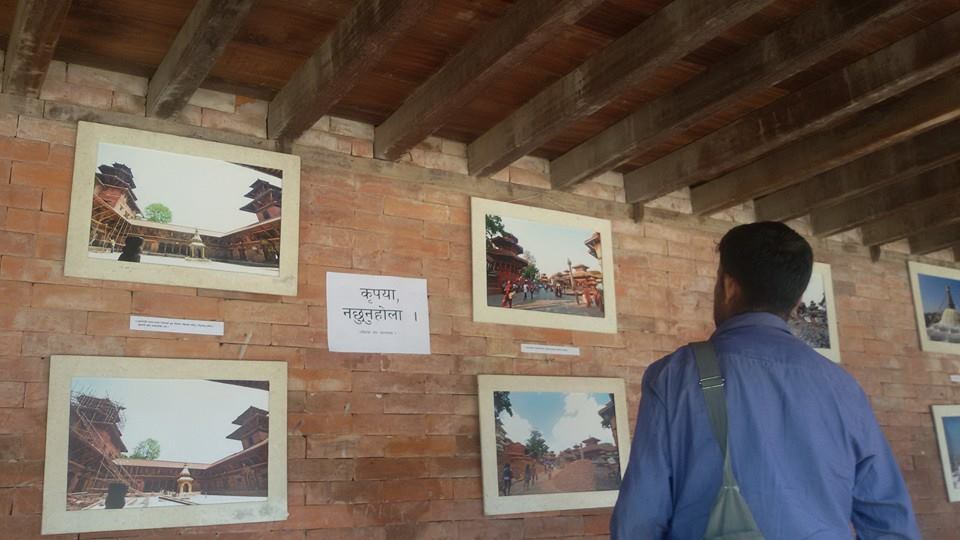
According Shrestha, severely damaged Changunaryan is still not that safe for tourists and public visit though. Most of the structures around it are on the verge of collapse amid constant aftershocks.
The Department of Archaeology has requested the Department of Tourism and Nepal Tourism Board to make arrangement of security personnel on the premises of the heritages sites to prevent any untoward activities and ensure the security of the visitors.
Follow and share our more detail from our social media ; Facebook, Pinterest and Twitter.
